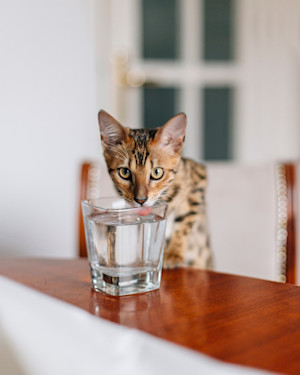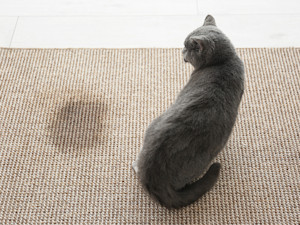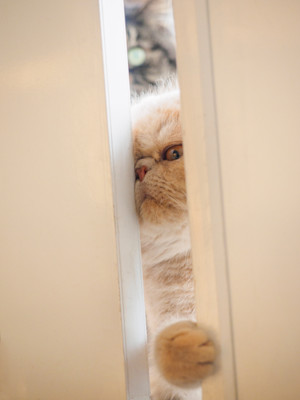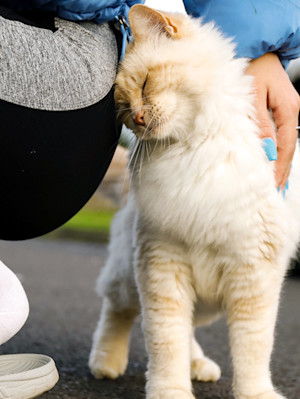The Curious Reason Cats Prefer to Sleep On Their Left Side
It’s the cat version of sleeping with one eye open
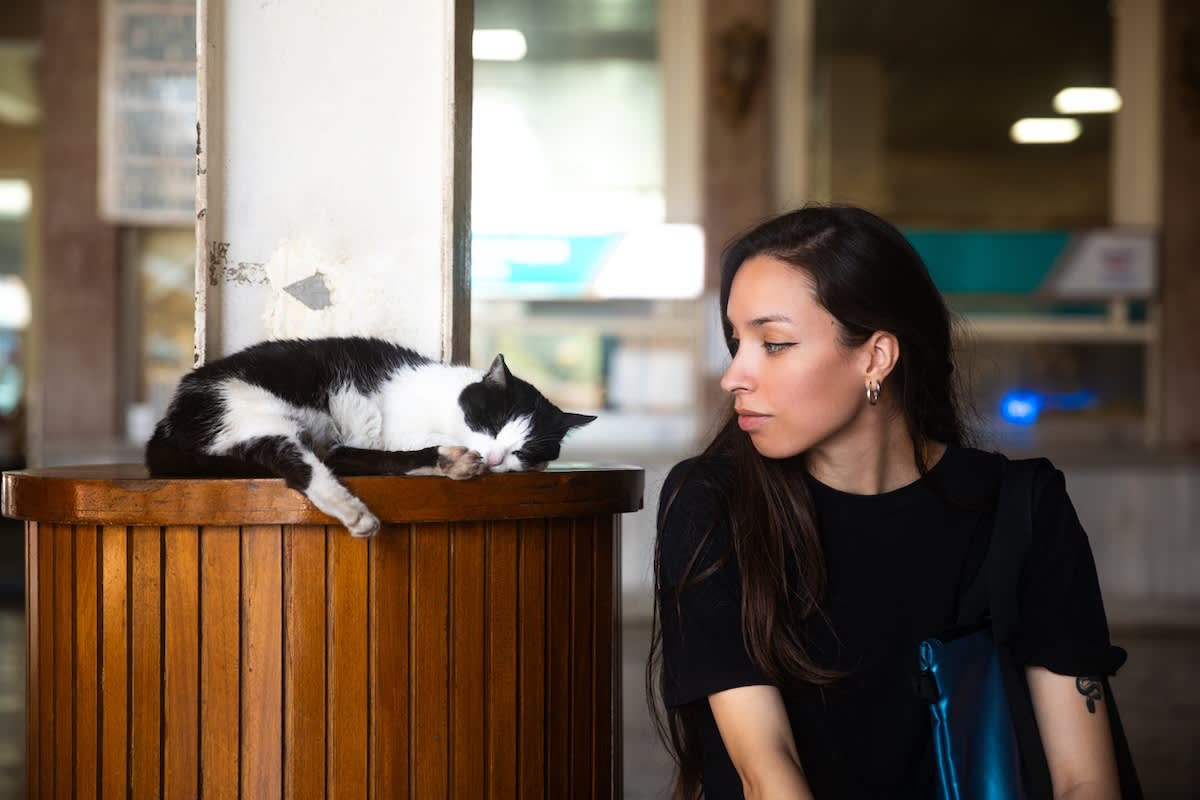
Share Article
There’s something peacefully disarming about the way cats sleep, sometimes curled up in a ball, other times stretched out on their side. While the world rushes along, they rest contently on a couch, a bed, or windowsill.
Even though cats look serene while sleeping, it’s one of their most vulnerable states. In a deep sleep, they can’t look out for predators to protect themselves, especially when they are in those deep phases of sleep where seemingly nothing can wake them.
And they sleep a lot – an average of 12–16 hours each day. That’s nearly 60–65% of their lifetime lived in a highly vulnerable state.
To protect themselves when sleeping, we know that cats tend to prefer sleeping in elevated positions so predators (and cuddle-hungry pet parents) can’t see them. When they are seen by who they assume to be predators (a keen dog for instance), being high up gives them a protective advantage.
A group of scientists from the University of Bari Aldo Moro in Italy, Ruhr University Bochum, Medical School Hamburg and partners in Germany, Canada, Switzerland and Turkey reckoned that this concept might go even deeper; that the side cats choose to sleep on matters, too. Their hypothesis? The side cats choose to sleep on also keeps them safe by enabling them to quickly detect predators when woken.
The scientists went about proving this by conducting a studyopens in new tab analysing 408 sleeping cats on YouTube. The videos they chose to use were carefully curated – each had to feature a single cat in a clearly visible sleeping position on one side, with an uninterrupted sleep duration of at least 10 seconds, with its full body in view. Each video was totally unaltered, high-resolution, and hadn’t been modified (mirrored videos or selfie pics not allowed!).
After watching and analysing hundreds of hours video footage, researchers found that two-thirds of cats preferred sleeping on the left side of their bodies with the left shoulder down. 65% of the videos showed cats sleeping on their left versus 34% sleeping on their right.
“Asymmetries in behaviour can have advantages because both hemispheres of the brain specialise in different tasks," saidopens in new tab behavioural neuroscientist Onur Güntürkün, from Ruhr University Bochum in Germany.
When cats sleep on their left side, they perceive their surroundings when awoken with their left visual field. This left visual field is processed in the right hemisphere (side) of the cat’s brain.
The right hemisphere of the brain is dominant for processing threats, spatial attention and coordination of rapid escape movements. It helps a cat determine if it needs to flee, and if it does, the right side of the brain helps the cat to do it quickly.
So when a cat sleep on its left side, its left visual field is unobstructed when awoken. Everything it then sees goes directly to and is processed in the right hemisphere of the brain.
“Sleeping on the left side can therefore be a survival strategy,” the researchers concluded.
There are, of course, most likely other reasons at play too when it comes to the side cats choose to sleep on.
One reason some cats may have chosen to sleep on their left side could have been because they were pregnant. In this study on cats, researchers weren’t aware of the recorded cats’ sex or pregnancy status.
We know pregnant cows lie on the left side 56% of the time, with the proportion increasing in later stages of the pregnancy.
Paw preference, which paw a cat prefers to use, may be another factor that affects sleeping position, with about 78% of cats showing a left- or right-sided paw preference.
“But since pawedness in cats displays an individual asymmetry with about equal numbers of left- and right-pawed cats, our population asymmetry in sleeping position of 65% is difficult to explain by paw preferences,” the study’s authors wrote.
Given the significant left-sleeping bias observed, researchers think cats may have been evolutionarily driven to sleep on their left side so they can process threat in the right hemisphere of their brains.
It’s their bodies way, even if they don’t realise it when they curl up for a sleep, of protecting themselves from harm.

Lauren Crosby Medlicott
Lauren is a freelance journalist who lives with her family and black labrador, Betsie, in the south Wales valleys. When she’s not working, she loves going for a dip in a nearby river and hiking in the Brecon Beacons.
Related articles
![cat drinking from glass]()
Why Does Your Cat Drink From Everywhere Except Their Water Bowl?
It’s the elixir of life... but with conditions
![Picture of a grey cat sitting next to a wet patch on a beige carpet]()
10 Reasons Why Your Cat Isn’t Using the Litter Tray
Not on the couch... again
![picture of a white cat peeking through a door looking angry]()
Why Can’t Your Cat Handle Closed Doors?
Knock knock, it’s me, your cat. Again.
![a picture of a white fluffy cat rubbing their head against a human leg]()
Headbutts & Boops: Why Your Cat Is Bunting You
It’s (yet another) adorable behaviour your cat does, but could it indicate something more serious?
Why Is My Cat Obsessed With Bum Pats?
Turns out they back it up for a reason – here’s the science behind it

